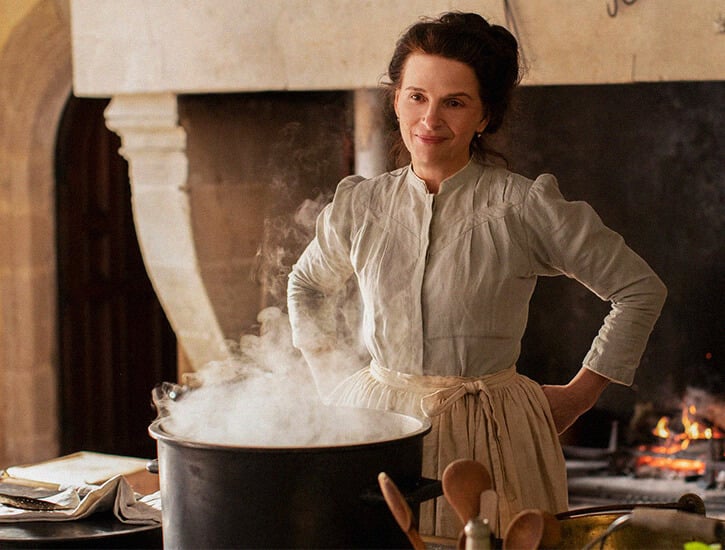“Eat and Be Eaten,” by Robert Rubsam in The Baffler

Taste complements both the singular and the routine: I remember the buttery freshness of the plate-grilled pumpkin I ate one sweltering July in Berat, Albania, as well as the soppy warmth of my mother’s enchiladas. A good meal can nourish, reward, satisfy, punish; it fixes consumption in place and time. It is a form of communication between cook and connoisseur, an exchange in which culinary knowledge and skill combine with taste and appetite to create a unique work of art. In order for the meal to be successful, it must satisfy both roles; for what good is an uneaten meal? And these roles are apt to change.
“Manky Stuff,” by Sam Kriss in The Lamp

I gave up smoking one day before my last birthday. I expected it to be agony—for nearly two decades, I’d been dosing myself with nicotine, which is by all accounts about as addictive as heroin, every few minutes, every waking hour of the day. I warned friends that I might be unbearable, grouchy, miserable, that I might be retching, that I might convulse on the floor. But in fact it was completely fine. I didn’t want to smoke any more, so I stopped. Which means that I could have stopped at any point before, if I’d wanted to, but I hadn’t. I’d wanted to keep smoking. Maybe beneath the long histories of intoxication, the cigarette advertisers, the pharma firms, the cocaine cartels, the C.I.A. moving heroin in secret networks around the world, the socially imposed indignities that send us reaching for some kind of temporary relief—maybe beneath it all, there’s some small rebellious part of our psyche that does not want to be free.
“Making Architecture Easy,” by Samuel Hughes in Works in Progress

But there are important reasons why we should favour some architectural styles over others – reasons that are special to architecture, and that set it apart from music, literature, painting or film. Architecture is a public art, a vernacular art, and a background art: it is created by a huge range of people, and experienced involuntarily by an even wider one. This means that we need architectural styles that are as accessible as possible, to the full range of people who live with what we build, and to the full range of builders who create it.
“The Joys of the Harpsichord,” by John Ahern in First Things

The piano is the instrument of expressive individualism; the harpsichord is the instrument of a vibrant, discursive life of the mind. It is the glorious vestige of an era when music was free from the impossible burdens that Romantics placed upon it, deprived as they were of any other reliable source of the noumenal. The harpsichord belongs to a time when music was an activity to be done, not heard.



